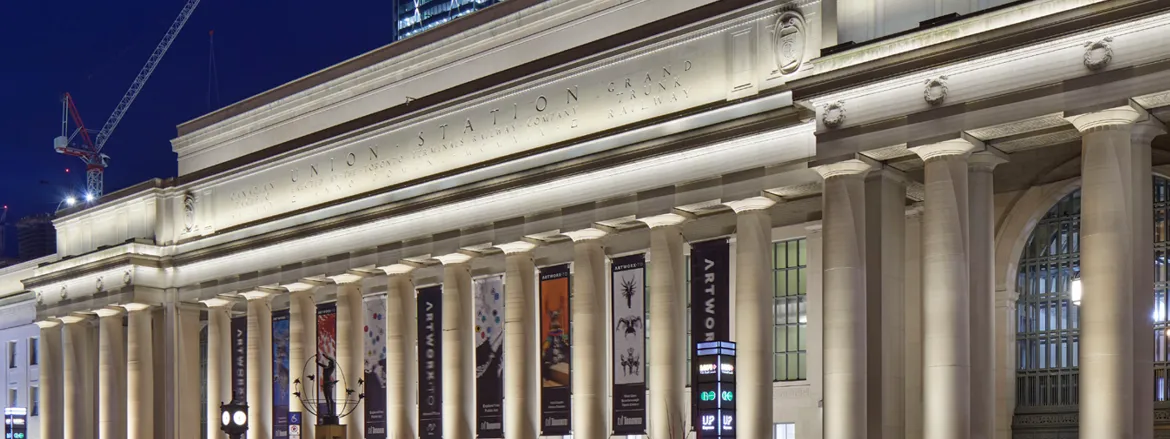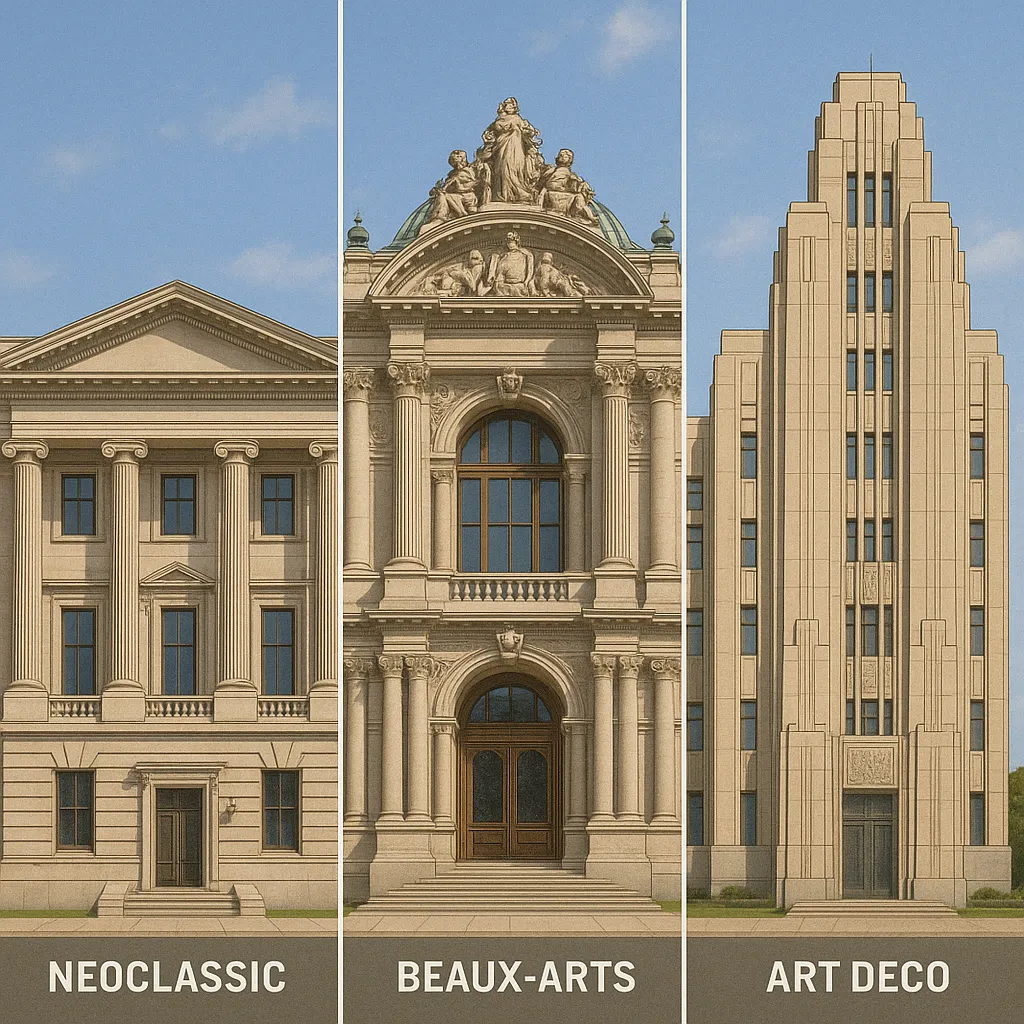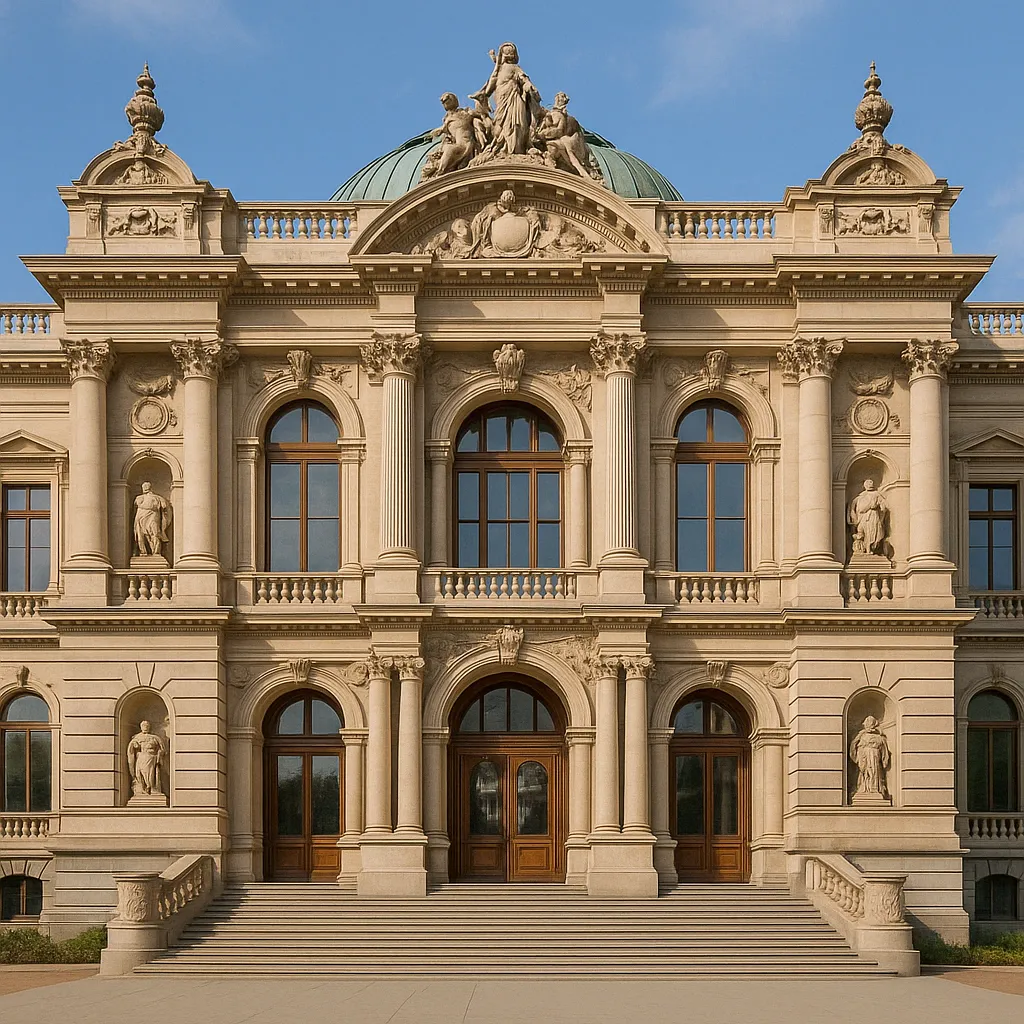(Above: AI-generated image of a building in the style of Beaux-Arts architecture)
Whenever I visit certain cities in Europe I’m always in awe of their beautiful buildings. In cities like Paris and Rome it’s obvious that these grand, ornate buildings contribute to their cultural identity. These, along with many other cities have visually appealing urban centres because their benefactors were proud to support the local arts. The Medici family is one of the more famous examples - their financial support for the city of Florence played a significant role in the city’s culture and appreciation for beauty and the arts; a way to show off how wealthy they were.
I was happy to learn about Beaux-Arts architecture (pronounced /boh zahr/). Originally from France, it flourished from the late 19th to early 20th century. The style is named after the École des Beaux-Arts (School of Fine Arts) in Paris, where many influential architects were trained.
Characteristics of this style include:
- classical symmetry inspired by ancient Greece and Rome
- use of columns, pediments, cornices, arches, and domes
- elaborate, highly detailed decoration
- emphasis on grand entrances and formal layouts
- use of modern materials underneath
Notable examples:
Toronto Union Station

Paris Opera House

How it compares to other architectural styles

Neoclassical Architecture
- Emphasis on simplicity, symmetry, and grandeur
- Minimal ornamentation compared to Beaux-Arts
Art Deco
- Embraces modernity, machine-age materials, and geometric forms
- Clean lines, zigzags, chevrons, and sunburst motifs
Comparison summary
| Feature | Neoclassical | Beaux-Arts | Art Deco |
|---|---|---|---|
| Style Origin | Ancient Greece/Rome | Classical + Baroque | Machine Age/Modernism |
| Ornamentation | Minimal | Very ornate | Geometric and abstract |
| Columns | Prominent | Prominent and decorative | Rare, more verticality |
| Symmetry | Strong | Strong, hierarchical | Often asymmetrical |
| Mood | Grand, formal | Theatrical, majestic | Sleek, futuristic |
As someone with a casual interest in architecture, it’s easier now to explain why some cities evoke particular feelings of grandeur, sophistication, and elegance.
